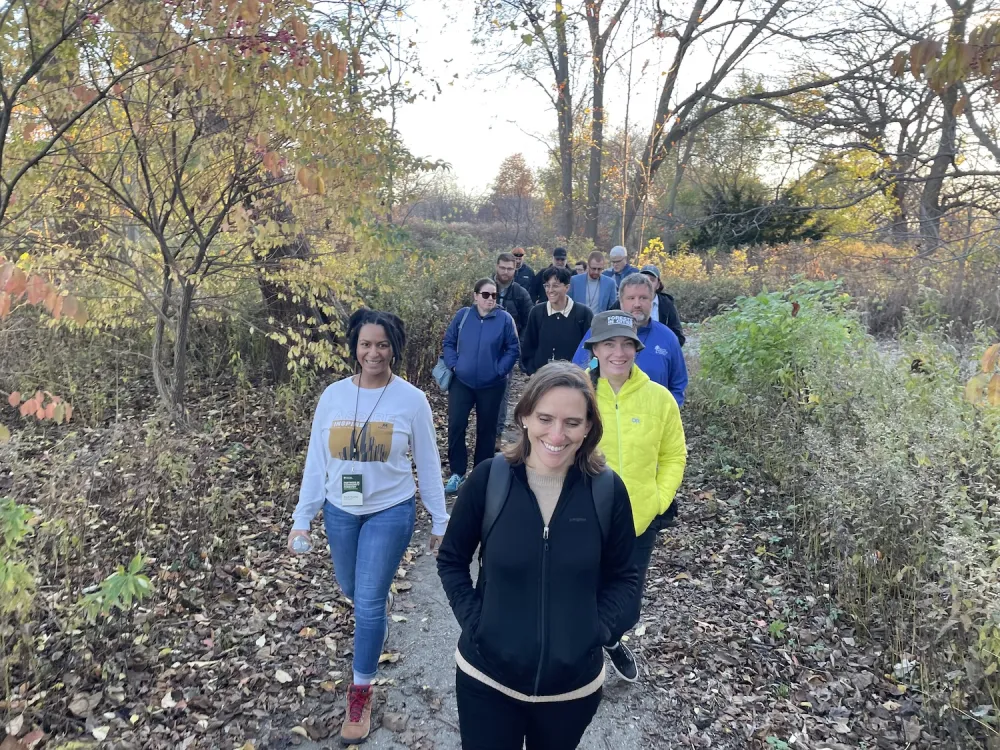Now live: The 2025 Canopy Report. Learn how Americans see trees. GET THE REPORT
Forests in Cities
November 18, 2025
Join the Forests in Cities Network to learn more about forested natural areas, network with other practitioners, and share best practices for protecting and managing forests in your city. Registration is open!

Location
Henderson, NV
Date
November 18, 2025
Cost
Free
Type
Event

Presented by the Natural Areas Conservancy
About Forests in Cities
“Forested natural areas” are distinct from other parts of the urban forest, like street and park trees, in terms of size, biodiversity, species composition, and how they’re managed.
These spaces look and feel like the woods, and support plant and animal communities from the soil underfoot to the leaves in the top of the forest canopy. Urban forested natural areas are complex ecosystems that face multiple and magnified stressors, which are amplified in the urban context.
The Forests in Cities network (FiC) was launched in 2019 to promote and advance healthy forested natural areas in cities across America through science, management, partnerships, and communications. It is composed of teams of forest practitioners and advocates from 21 metro regions across the United States.

Event Information
This workshop is a time for network members and partners to connect, engage in peer-to-peer learning, and discover new advancements in the field of forested natural areas management.
This meeting offers:
- A space for those interested in forested natural areas to connect, network, and share best practices for protecting and managing urban forested natural areas.
- Presentations on new advancements in the field along with facilitated discussions.
- A field trip to experience first-hand how our partners in the Clark County region are restoring local forested natural areas.
2025 Agenda
Clark County Wetlands Park spans 2,900 acres on the eastern edge of the Las Vegas Valley. With a 210-acre nature preserve and five trailheads, the park provides recreation opportunities and wildlife habitat as well as an outdoor classroom for scientific studies and educational programs for all ages. The Wetlands Park Nature Center offers a wide variety of programs to the public, including walks led by Certified Interpretive Guides, art, children’s programs, and group and individual volunteer opportunities.
12 p.m. - 1 p.m. | Lunch (provided)
- Introduction to urban forested natural areas
- Panel: forest management success stories from across the United States
- Presentation: best practices for forested natural area care
- Interactive networking activity: ecosystem services of urban forested natural areas
M Bar: Floor 1
Come to network with other forested natural area practitioners!
Sign up
Stay Informed
Get the latest on conference and workshop details, exhibitor and sponsorship opportunities, and chances to connect with leaders in community forestry.


